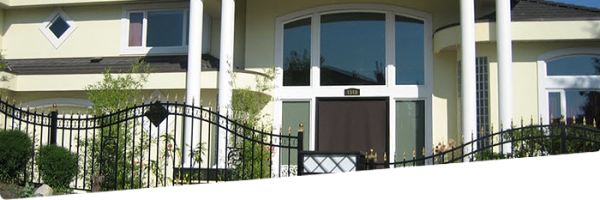
Frequently Asked Questions
1. What color would you recommend for my home’s exterior?
The color you choose depends on your taste. Pick colors that best suit the style of your home. For example, if you have a Cape Cod style home, Northwestern colors will look better on that exterior than, let’s say, Spanish Colonial style colors.
Also keep in mind – since dark colors fade more quickly than lighter colors, we suggest you keep these at a minimum. Dark colors are always best as accent tones for the interior or exterior, doors, shutters, etc.
2.I have heard that painting outside in the fall and spring is not a good idea because of the dampness in the air. I plan on using latex paint. How late or early in the season can I paint and still have long-lasting results? I live in the Midwest.
If you need to paint outside with latex paint when temperatures are moving up and down like a yo-yo, I suggest you use one of the latex like Duration, Resilience, or Super Paint. These products can be applied and will cure at lower temperatures, as low as 1.5° C. Traditional latex-based paints need temperatures above 15° C to cure properly. Warmer temperatures are needed to allow the latex particles to coalesce, or melt together.
3.Is it better to brush or airless spray the exterior finish on smooth hardboard siding? What would be the longest lasting paint?
Spraying is faster. Brushing is neater. Many painters use a combination of the two methods by spraying to quickly get paint on the surface, followed by back brushing to spread the paint out evenly, resulting in a good looking finish. It may depend on how wide the surface is that you’re painting as well. If you’re painting big surfaces, cut in with a brush and roll the rest of the panel.
For most siding areas, if you can’t spray and backbrush, stick with a brush. Most siding areas are not wide enough to use a roller, so a good 4″ brush that holds a lot of paint will work much better.
4. What happens to paint that is applied during summer, when it is really hot and humid?ss
Extremely high temperatures (over 100° F) could cause a paint film to dry before it has had a chance to properly adhere to the surface. This can cause it to peel in the future.
5.How do I calculate how much paint I need for a given surface?
First calculate the actual square feet of space that will be coated. Then you will need to determine how many square feet a gallon of the intended product to be used will cover. Then it is just a matter of dividing the number of square feet to be covered by the number of square feet that a given product can cover.
For example, if the product covers 400 square feet, and you are coating 1,000 square feet (1,000 divided by 400 = 2.5), you will need 2.5 gallons.
6.What type of roller should I use on different surfaces?
Wallboard or smooth plaster: use a short nap 1/8 to 1/4 inch
Light-textured stucco or poured concrete: use a medium nap 3/8 to 3/4 inch
Cyclone fencing/wire fences: use long nap 1″ – 11/2″